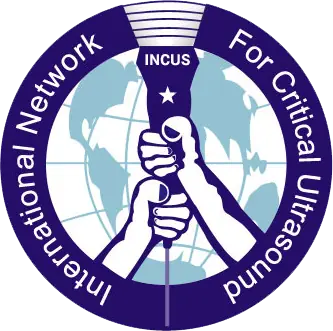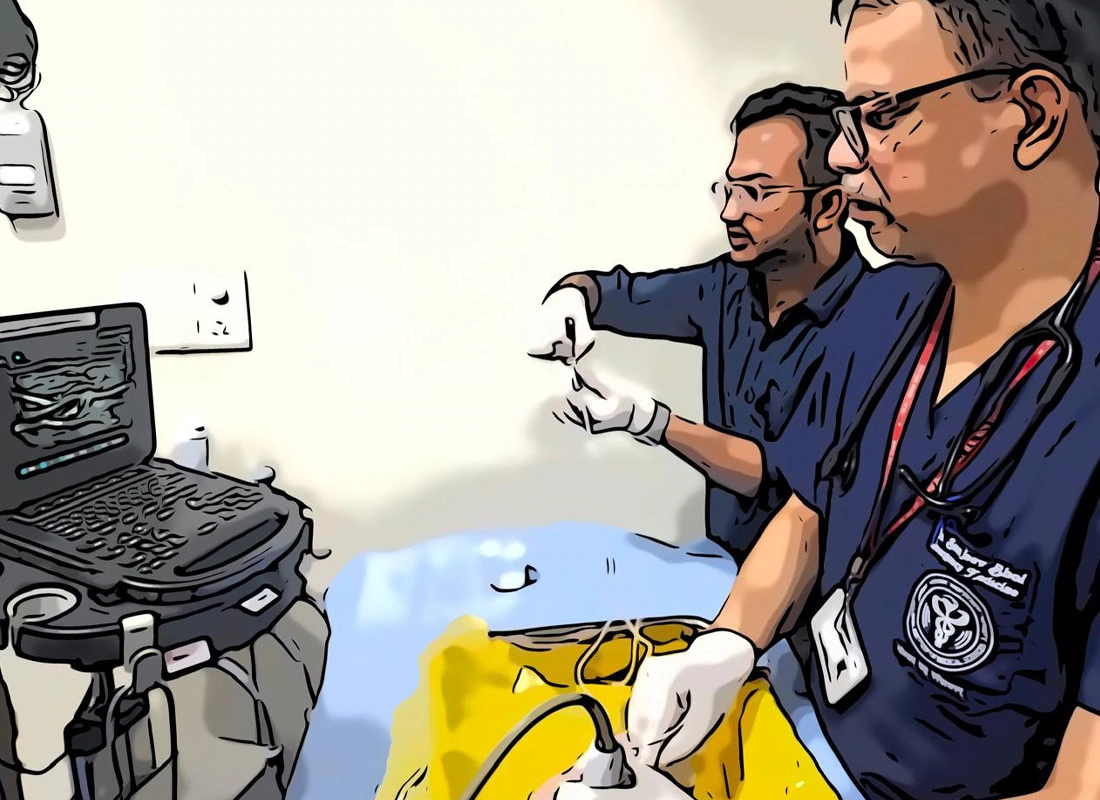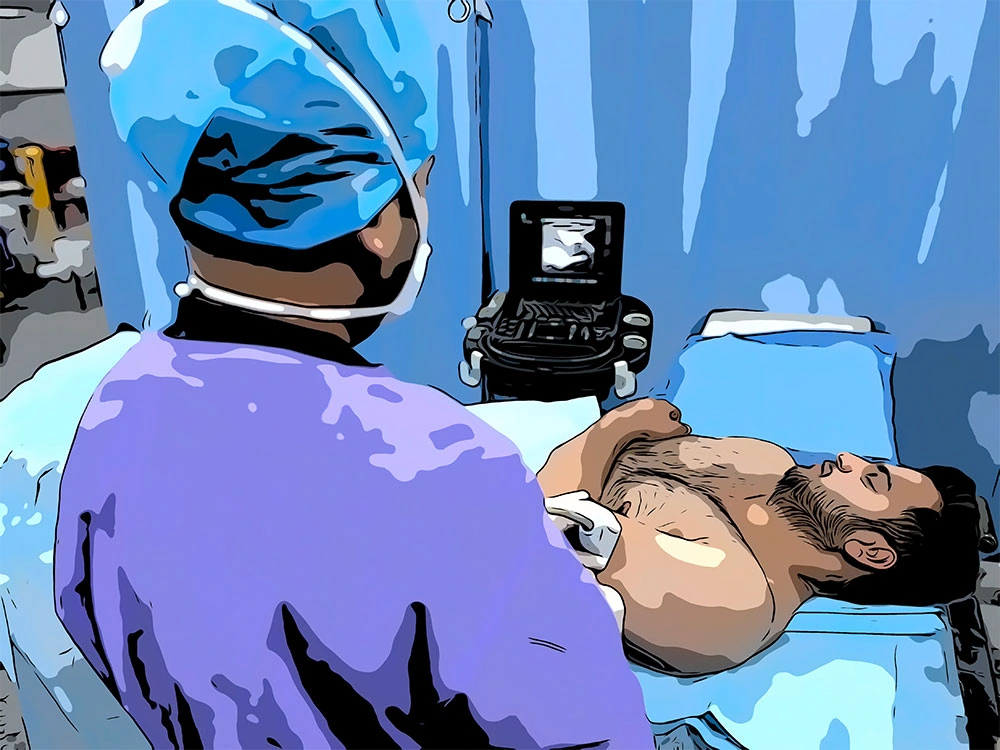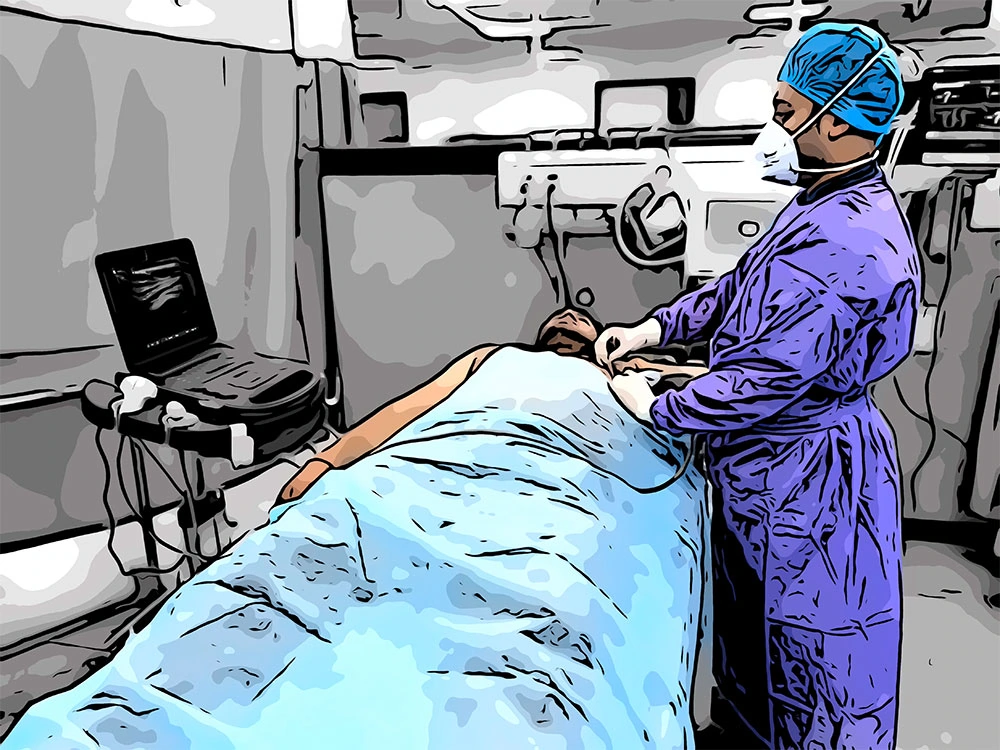In the fast-paced environment of emergency healthcare, timely and accurate diagnosis is crucial. Point-of-Care Ultrasound (POCUS) has emerged as a transformative tool, enhancing the capabilities of emergency physicians and improving patient outcomes. As an expert in POCUS, I am excited to share its utility and impact in emergency settings.
What is POCUS?
POCUS refers to the use of portable ultrasound devices at the patient’s bedside to quickly diagnose and guide treatment. Unlike traditional ultrasound, which requires a radiologist and specialized equipment, POCUS can be performed by trained emergency physicians, providing immediate insights into a patient’s condition.
Key Applications of POCUS in Emergency Medicine
Rapid Diagnosis:
- Cardiac Arrest: POCUS allows for real-time assessment of cardiac activity during resuscitation, helping to distinguish between different types of cardiac arrest and guiding appropriate interventions1.
- Trauma: The Focused Assessment with Sonography for Trauma (FAST) exam is a critical application of POCUS, enabling the rapid detection of internal bleeding in trauma patients2.
Guiding Procedures:
- Central Line Placement: POCUS improves the accuracy and safety of central venous catheter placement by visualizing the target vein and surrounding structures3.
- Thoracentesis and Paracentesis: Ultrasound guidance reduces complications and increases the success rate of these procedures by providing real-time visualization4.
Assessing Respiratory Distress:
- Pneumothorax Detection: POCUS can quickly identify the presence of a pneumothorax, allowing for immediate intervention5.
- Pulmonary Edema: By visualizing B-lines, POCUS helps diagnose pulmonary edema, guiding appropriate treatment for patients in respiratory distress.
Evaluating Abdominal Pain:
- Gallbladder and Appendix: POCUS can identify gallstones and appendicitis, facilitating rapid surgical consultation and intervention.
- Aortic Aneurysm: Detecting an abdominal aortic aneurysm early can be life-saving, and POCUS provides a quick and non-invasive method for this assessment.
Benefits of POCUS in Emergency Healthcare
- Speed and Efficiency: POCUS provides immediate diagnostic information, reducing the time to diagnosis and treatment.
- Portability: The compact nature of POCUS devices allows for their use in various settings, including pre-hospital care and remote locations.
- Cost-Effectiveness: By reducing the need for more expensive imaging modalities and decreasing the length of hospital stays, POCUS can lower healthcare costs.
- Enhanced Patient Care: POCUS empowers emergency physicians to make informed decisions quickly, improving patient outcomes and satisfaction.
Conclusion
The integration of POCUS into emergency healthcare has revolutionized the field, offering a powerful tool for rapid diagnosis and treatment. As its applications continue to expand, POCUS will undoubtedly play an increasingly vital role in enhancing the quality of emergency medical care.
1: Critical Care 2: International Journal of Emergency Medicine 3: IntechOpen 4: MDPI 5: Springer : Critical Care : International Journal of Emergency Medicine : MDPI
Source(s)
1. Ultrasonography in the emergency department – Critical Care
2. Point of Care Ultrasonographic Life Support in Emergency (PULSE)—a …
3. Point-of-Care Ultrasound in the Emergency Department
4. Point of Care Ultrasonography for the Septic Patient in the Emergency …
5. “The Use of Point-of-Care Ultrasound for Out-of-Hospital … – Springer






